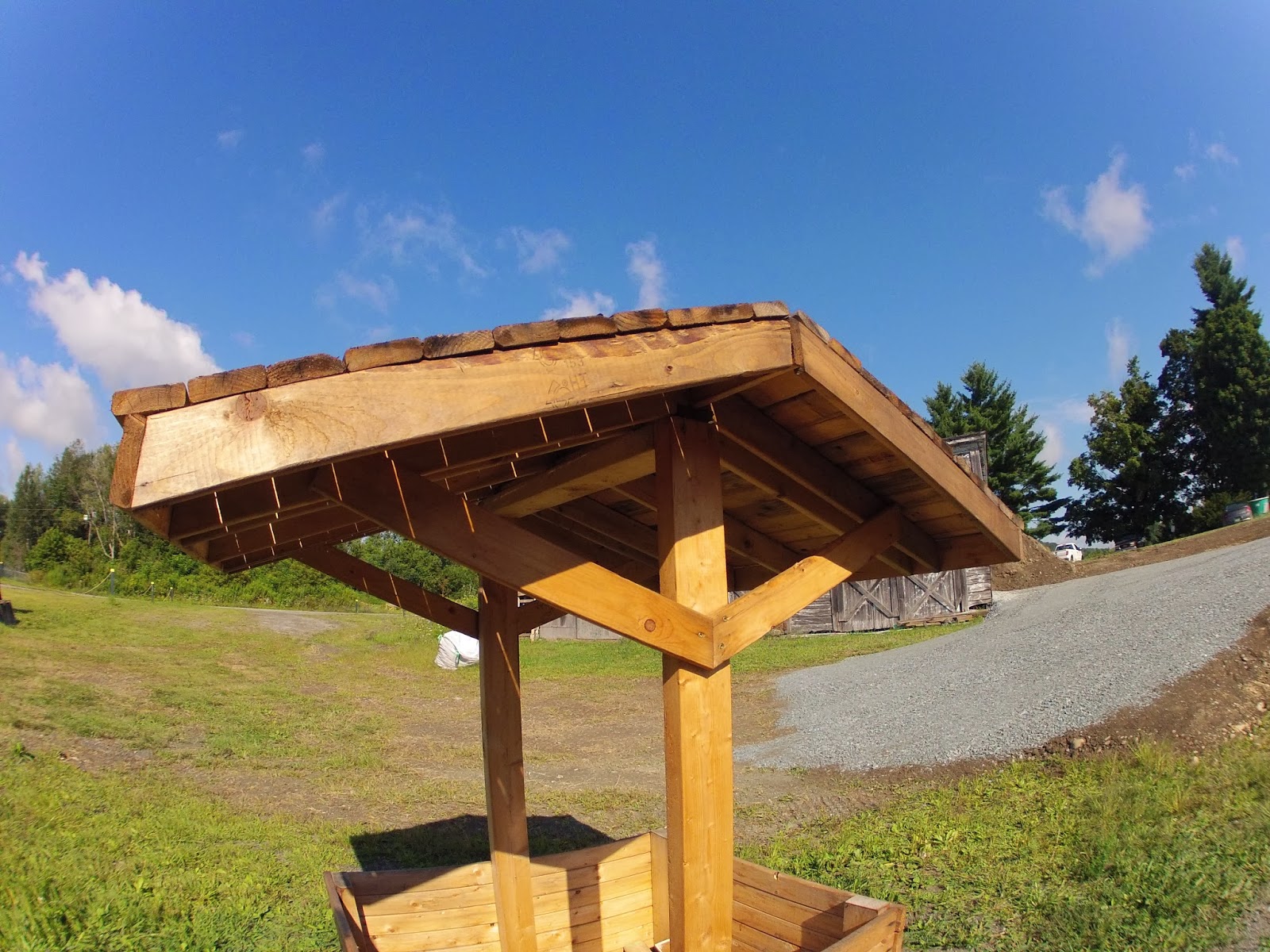I love to landscape and to be outside.
For more then ten years I have worked on farms and have been gardening.
My style of planting is to work with nature not against it.
Plant care and techniques:
grafting, pruning, and cloning,
companion planting, permaculture design, organic farming practices,
composting practices, landscape maintenance.
identification of trees, herbs, fruits, and vegetables
Hard scape:
Creative and Artistic
natural rock walls, grading, stairs.
The Garden:
These garden pictures are from a class project from 2011, we were given
a limit of time, supplies and funding, creating a lack in ascetic appeal.
What is important to take away here is the healthy state the plants are in.














































